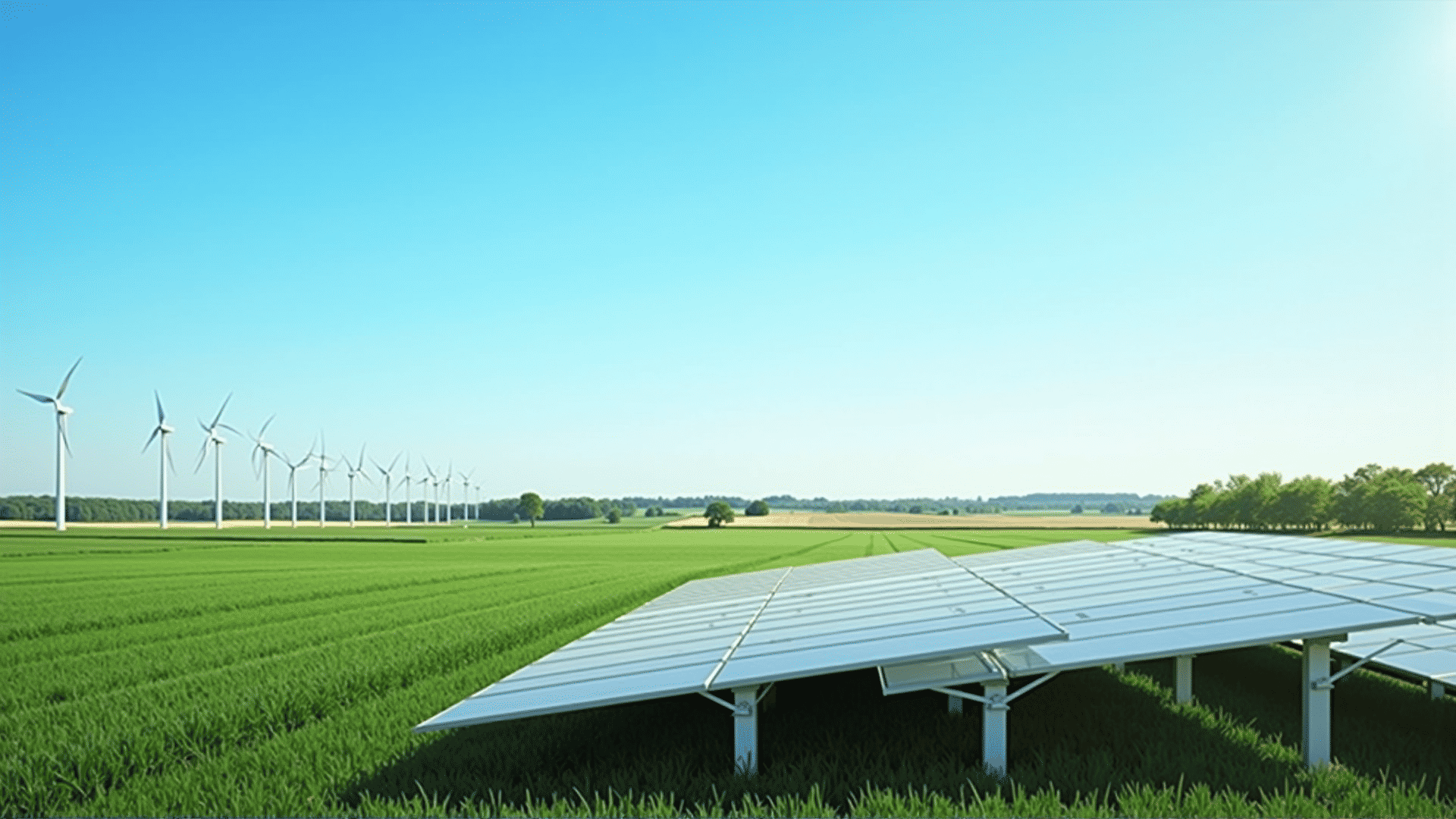In recent years, the agricultural sector has faced immense pressure to adapt to the challenges of climate change, resource scarcity, and the global demand for more sustainable practices. As part of these efforts, renewable energy sources, notably solar and wind power, are playing a pivotal role in transforming farms into sustainable powerhouses. This evolving relationship between agriculture and renewable energy is not only reducing the carbon footprint of farming operations but also enhancing economic viability for farmers.
Solar power is arguably the most accessible form of renewable energy for farmers, and its applications in agriculture are diversifying rapidly. Solar panels, often installed atop farm buildings or strategically positioned on unused land, harness the sun's energy to power various farm operations. These installations can generate electricity to run irrigation systems, greenhouse heating, and crop dryers, significantly reducing reliance on fossil fuels. Moreover, solar panels provide an opportunity for farmers to produce surplus energy that can be sold back to the grid. This not only provides an additional revenue stream but also helps stabilize the energy supply in surrounding areas, particularly in rural communities where power lines might be less reliable.
Wind energy is another compelling renewable resource gaining traction in agriculture. Farms, often located in expansive rural areas with open landscapes, are ideal sites for wind turbines. These turbines convert kinetic wind energy into electricity, which can power farm machinery, lighting, and even auxiliary businesses such as dairy production facilities. As technology advances, smaller and more efficient turbines are being developed, allowing even small-scale farms to participate in wind energy generation without incurring prohibitive costs or logistical challenges.
The integration of renewable energy into agriculture not only mitigates the environmental impact traditionally associated with farming but also enhances resilience against volatile energy markets and weather patterns. Energy independence can protect farmers from fluctuating fuel costs, an advantage that's increasingly important in the context of global economic uncertainties. Additionally, by reducing dependency on nonrenewable energy sources, agricultural operations can significantly lower greenhouse gas emissions, contributing positively to global climate goals.
Furthermore, the deployment of renewable energy in agriculture extends beyond immediate operational benefits. It heralds a transformation in rural socio-economic landscapes by fostering green job creation. The need for installation, maintenance, and the initial manufacturing of renewable energy technologies opens up new employment opportunities in regions where economic opportunities are often limited. This development can revitalize rural economies and thus incentivize continued investment in sustainable agricultural practices.
Several government initiatives and support programs are advancing the adoption of renewable energy in the agricultural sector. Subsidies, grants, and low-interest loans are making it financially feasible for farmers to invest in renewable infrastructure. Additionally, educational initiatives are raising awareness and training farmers on the potential advantages and technical aspects of renewable energy technologies.
In conclusion, renewable energy is turning farms into sustainable powerhouses by providing environmentally friendly, economical, and resilient energy solutions. Solar and wind energy adoption in agriculture illustrates a shift towards an integrated approach where food production, energy generation, and environmental stewardship work in concert. As this trend continues, the agricultural sector will undoubtedly play a vital role in achieving a more sustainable and energy-efficient future.
